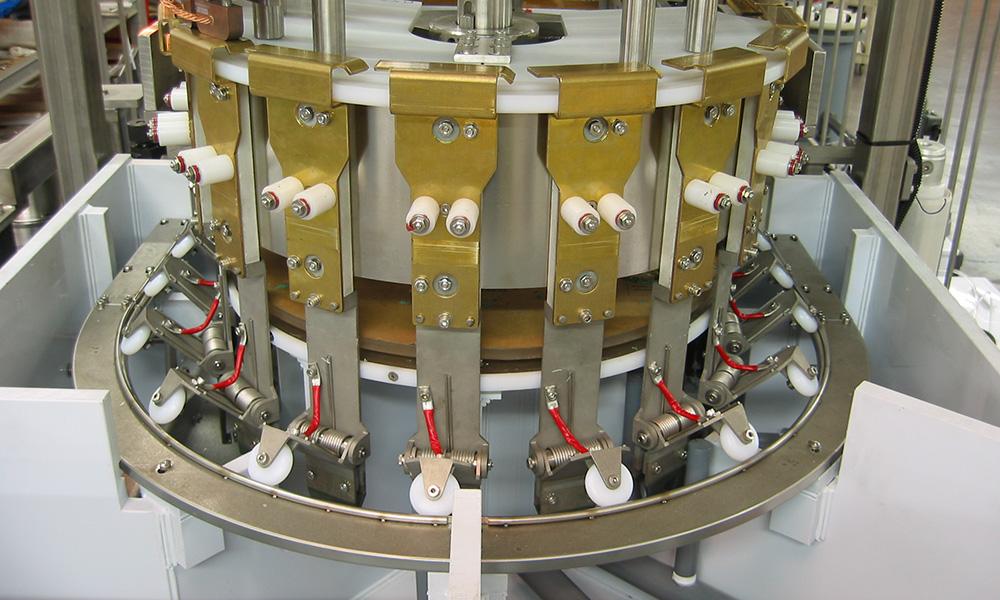Electrochemical processes coat surfaces with electroplating materials, including nickel, copper, chromium, gold, silver, and zinc. Each metal has unique qualities; copper improves conductivity, nickel delivers durability, chromium guarantees corrosion resistance and beauty, while gold and silver offer conductivity and corrosion resistance. In severe settings, zinc prevents corrosion. For applications in the electronics, automotive, and decorative sectors, appropriate adhesion and required qualities are ensured by material selection based on functionality and substrate compatibility. In this post, you will learn a lot about working on electroplating materials:
Important Electroplating Metals and Their Uses
Nickel:
The automotive, aerospace, and electronics industries frequently employ nickel electroplating due to its broad application in corrosion resistance and durability. It is a foundation for later layers or finishes and gives wear resistance.
Copper:
Due to its exceptional electrical conductivity, copper plating is widely used in semiconductors, printed circuit boards (PCBs), and electrical components. It improves conductivity in electronic devices and makes solderability easier.
Chromium:
Chromium electroplating offers toughness, corrosion resistance, and visual appeal. Because of its glossy, brilliant appearance, it is widely employed in decorative applications, household fittings, and automobile parts.
Silver and Gold:
These coatings made of precious metals provide outstanding conductivity and resistance to corrosion. Because of its reflectivity, silver is used in electrical contacts and mirrors, whereas gold plating is used in electronics, connectors, and jewelry.
Zinc:
Zinc plating, frequently applied to steel or iron substrates for components exposed to harsh environments in the automobile sector, protects against corrosion.
Factors Affecting the Choice of Material:
The following variables influence the choice of electroplating materials.
Functionality:
Select materials for the intended use according to their desired qualities, such as conductivity, corrosion resistance, durability, or attractiveness.
Substrate Compatibility:
The coating’s adhesion and efficacy depend on the substrate material and the compatible electroplated layer.
Environmental Considerations:
Certain materials are more environmentally sustainable than others or adhere to certain rules, which might impact material selection.
Procedure for Surface Preparation and Electroplating
It is imperative to prepare the surface thoroughly before electroplating. The substrate must be cleaned, degreased, and pre-treated for the plated layer to adhere well and be of high quality. An anode composed of the plating metal, a cathode, the substrate exposed to an electric current, and an electrolyte solution containing metal ions are the usual components of the electroplating process. This procedure creates the necessary electroplated layer by depositing the metal ions onto the substrate.
Quality Assurance and Follow-up Treatment:
The choice of electroplating materials depends on functionality, substrate compatibility, and environmental considerations. In order to guarantee that specifications and standards are followed, quality control procedures are essential. It is possible to apply post-plating treatments like polishing, passivation, or extra coatings to increase functionality, improve appearance, or increase durability. Electroplated materials are guaranteed high quality and dependability by routine testing, inspections, and compliance with industry requirements.
Wrapping It Up:
Learning about electroplating materials necessitates understanding diverse metals, their characteristics, and their uses in various sectors. A vast range of industrial and ornamental applications across numerous sectors require the diverse capabilities that electroplating materials offer.




